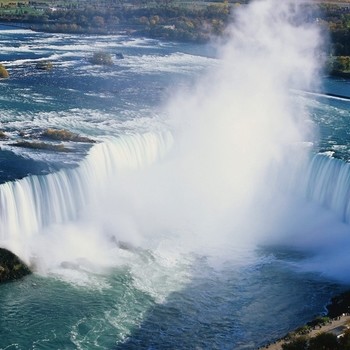What is the limit of #x^(1-x)# as x approaches 1? The hint is "Use the properties of logarithms to simplify the limit". But I just can think in the straight answer 1, by substitution. Can someone develop in steps using this hint, please?
2 Answers
The limit is
Explanation:
It is true you can use substitution but I will show you the logarithm method so that you know how to do it when substitution doesn't work.
#L = lim_(x-> 1) x^(1- x)#
#lnL = lim_(x-> 1) ln(x^(1 -x))#
#lnL = lim_(x-> 1) (1 -x)lnx#
#lnL = 0#
#L = e^0#
#L = 1#
Hopefully this helps!
A slightly different way but with a similar approach
Explanation:
As Noah showed, one way to find the limit is to take the natural log of both sides. However, a mistake students might make is that they forget to undo the log. So here's a slightly different way to do it.
#color(white)(a)=e^ (lim_(x->1) (1-x)lnx)#
#color(white)(a)=e^0#
#color(white)(a)=1#
This way, we avoid having to undo anything at the end, and we can present our final answer, hopefully, without making any mistakes.


